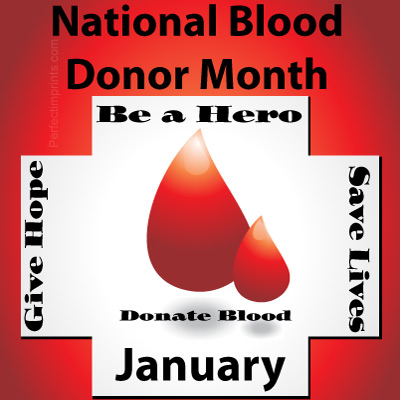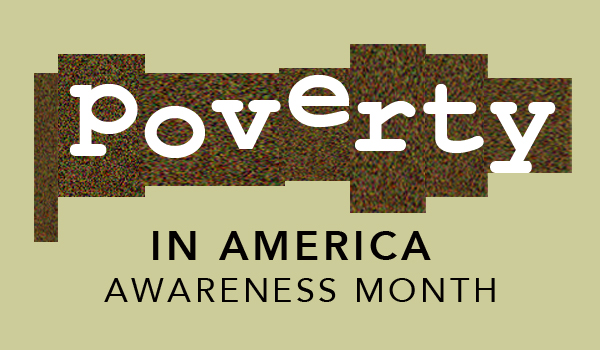Some signs of hope for those in poverty

For most Americans, the word “poverty” suggests near destitution: an inability to provide nutritious food, clothing, and reasonable shelter for one’s family. However, only a small number of the 46 million persons classified as “poor” by the Census Bureau fit that description. While real material hardship certainly does occur, it is limited in scope and severity.
The following are facts about persons defined as “poor” by the Census Bureau as taken from various government reports:
- 80 percent of poor households have air conditioning. In 1970, only 36 percent of the entire U.S. population enjoyed air conditioning.
- 92 percent of poor households have a microwave.
- Nearly three-fourths have a car or truck, and 31 percent have two or more cars or trucks.
- Nearly two-thirds have cable or satellite TV.
- Two-thirds have at least one DVD player
- Half have a personal computer, and one in seven have two or more computers.
- More than half of poor families with children have a video game system, such as an Xbox or PlayStation.
- 43 percent have Internet access.
- One-third have a wide-screen plasma or LCD TV.
- One-fourth have a digital video recorder system, such as a TiVo.
For decades, the living conditions of the poor have steadily improved. Consumer items that were luxuries or significant purchases for the middle class a few decades ago have become commonplace in poor households, partially because of the normal downward price trend that follows introduction of a new product.

